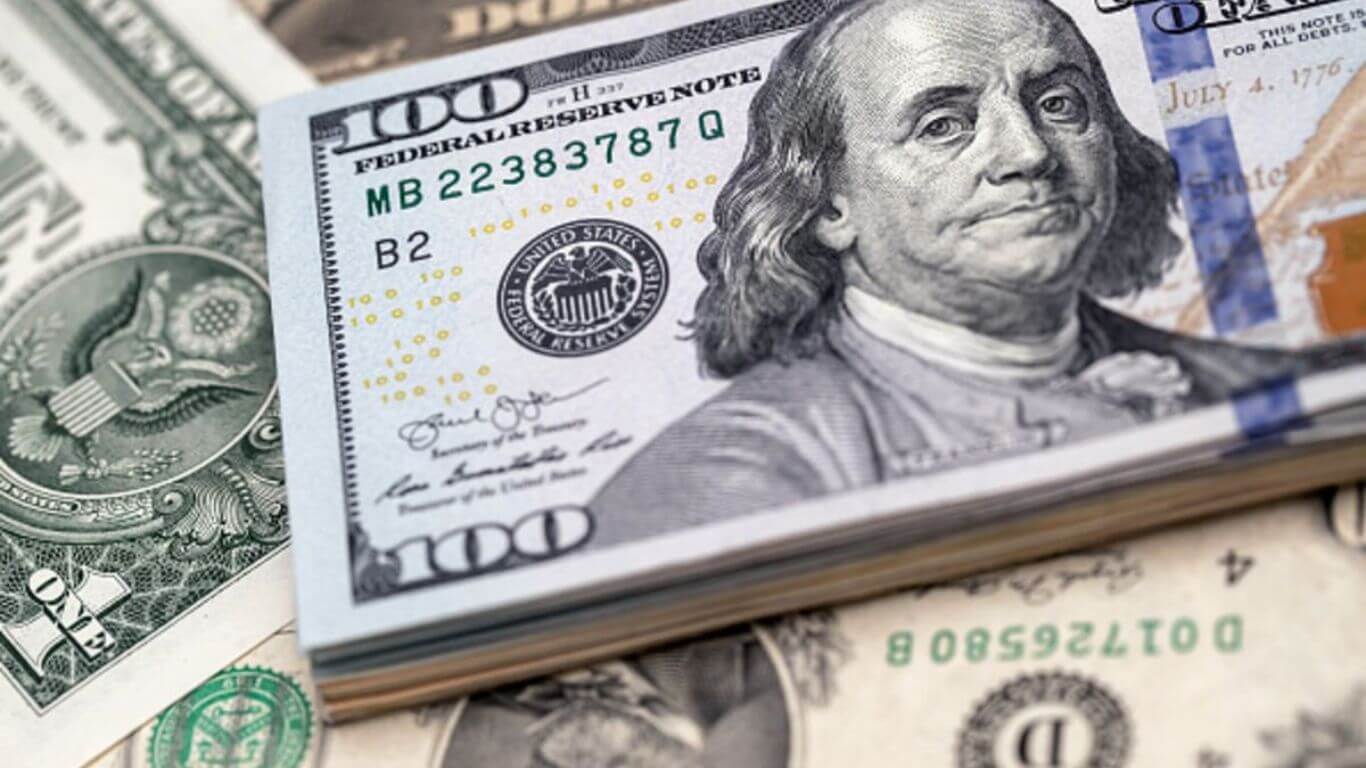
The dollar falls on Thursday as the U.S. Federal Reserve declared that it had reached a turning point in its battle against inflation, giving investors hope that its rate-hike campaign is about to come to an end.
Investors followed Fed Chair Jerome Powell’s dovish lead when he said on Wednesday that “the disinflationary process has started” in the biggest economy in the world, even if he also hinted that interest rates would keep rising and that cuts were not imminent.
The Federal Reserve first explicitly acknowledged decreasing inflation in its statement on Wednesday, which was released following the conclusion of its two-day policy meeting where officials decided to hike rates by 25 basis points.
The U.S. dollar index hit a new nine-month low of 100.80 versus a basket of currencies as a result of Powell’s comments.
After falling more than 1% on Wednesday, it was last down 0.12% at 100.83.
Ray Attrill, head of FX strategy at National Australia Bank, said: “It was very much a sort of relief that there was nothing there to really really challenge the market’s dominant opinion” (NAB).
“(Powell) acknowledged that rates will need to be restrained for a while, but it doesn’t stop the market from speculating that this time may be closer to six months than two years,” the market said.
After gaining 1.2% the day before, Aussie surged to a new eight-month high of $0.7158 in early Asia trade on Thursday.
The value of the dollar falls by 0.55% to 128.21 yen.
The kiwi, which also increased by more than 1% on Wednesday, recently traded at $0.6523, up 0.25%.
With the Fed out of the way, the ECB and the Bank of England (BoE), whose rate decisions are expected to result in a 50bp increase from each, will now be able to announce them later on Thursday.
After gaining 1.2% the day before, the euro increased to a roughly 10-month high of $1.1034 on Thursday. Meanwhile, the pound was last trading 0.19% higher at $1.2399.
The possibility of receiving a hawkish 50 from the ECB and a dovish 50 from the Bank of England is a risk and could lead to volatility, according to Attrill of NAB.
According to data released on Wednesday, eurozone inflation declined for the third consecutive month in January. However, the ECB may not feel much relief because underlying price increases remained stable and questions have already been raised about the accuracy of the data.
That, in my opinion, won’t change the ECB’s message, which will continue to be that they have a lot of work to do, according to Attrill.
Although Wednesday’s JOLTS report indicated that job vacancies unexpectedly increased in December, suggesting a still-tight labor market, it will be Friday’s nonfarm payrolls report that will be the next test of the Fed’s battle against inflation in the United States.
In contrast to early predictions of a peak of just around 5%, markets now anticipate the Fed funds rate to reach just below 4.9% by June.








